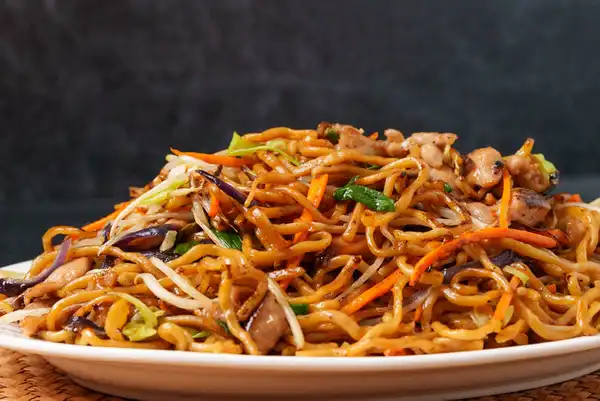This is your ultimate guide to cooking the chow mein of your dreams! Use this recipe as a base. Then, adapt the protein and vegetables to whatever is available to you. Let us know where your creativity takes you!
In the recipe, we branch off the instructions a bit near the end to accommodate your equipment. If your cookware slopes down like a traditional wok shape, where the liquid of the ingredients would collect in the bottom, we recommend cooking the chicken and the vegetables separately.
If you're cooking on a flatter piece of cookware, which gives the liquid of the ingredients a better chance of evaporating quickly, you can cook the chicken and vegetables together.
Check out a quick story summary of our recipe!



